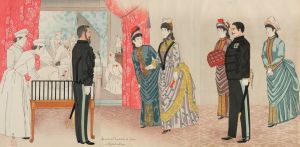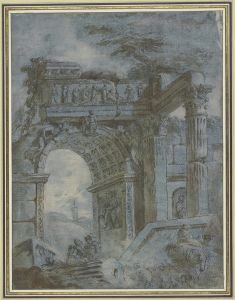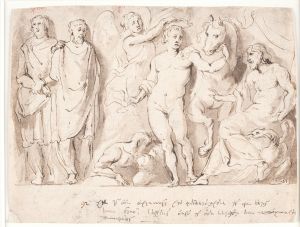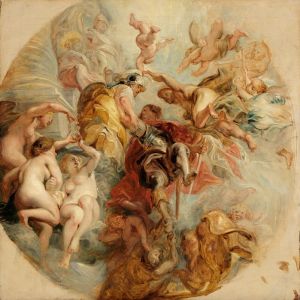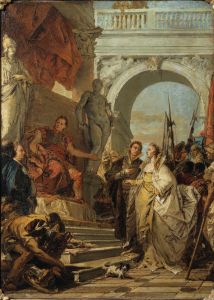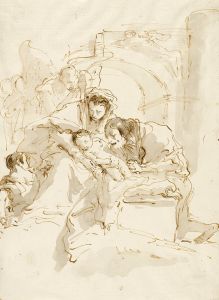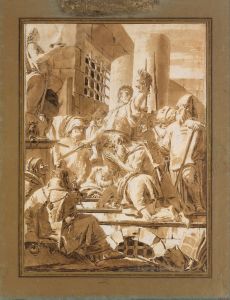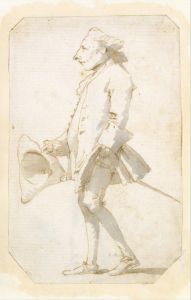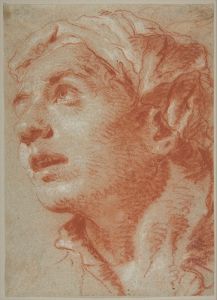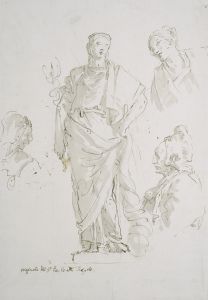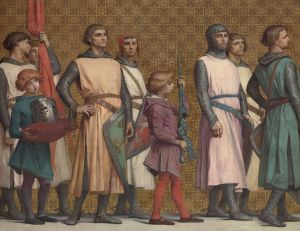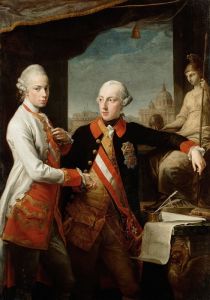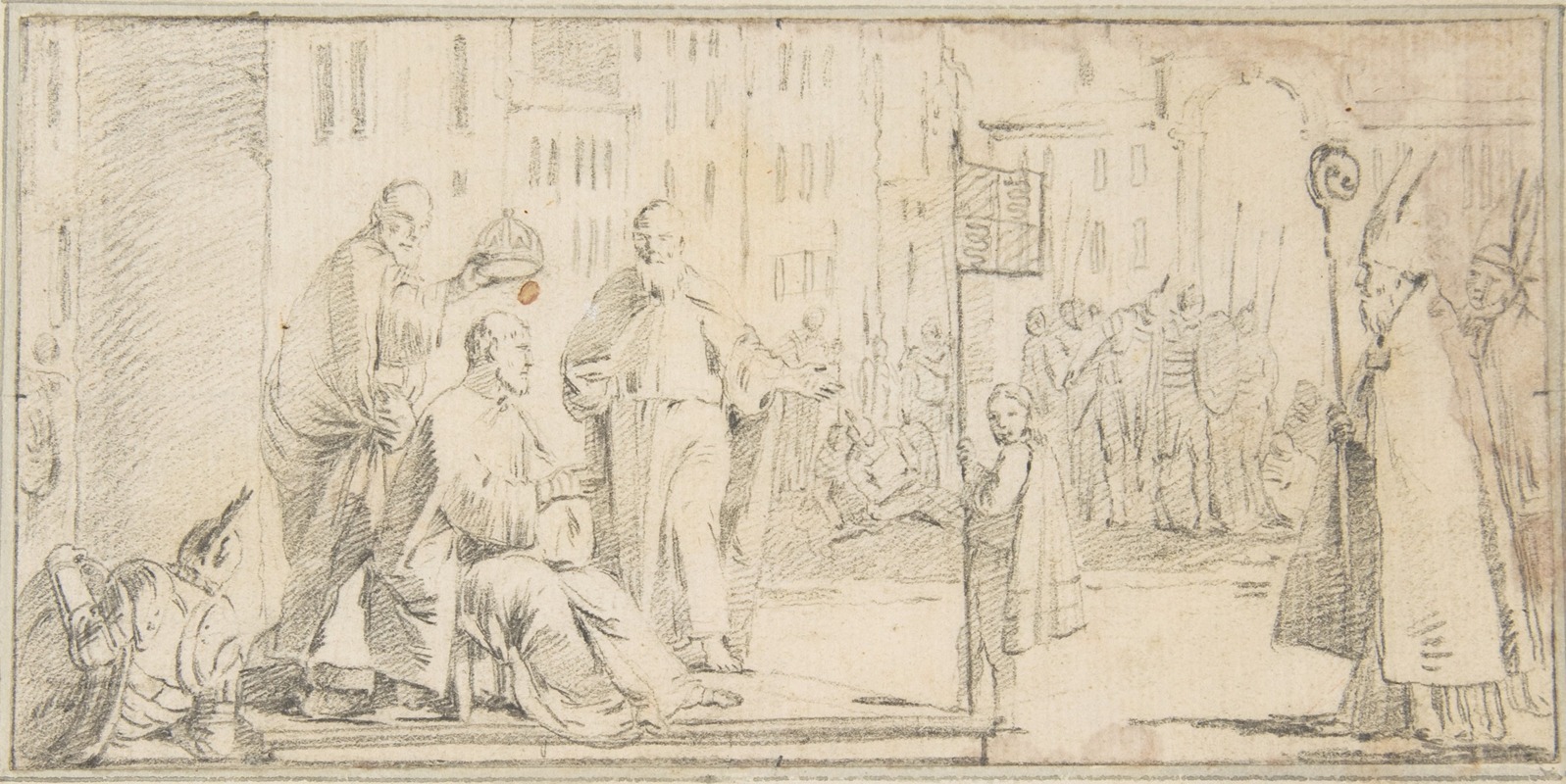
Coronation of an Emperor
A hand-painted replica of Giovanni Battista Tiepolo’s masterpiece Coronation of an Emperor, meticulously crafted by professional artists to capture the true essence of the original. Each piece is created with museum-quality canvas and rare mineral pigments, carefully painted by experienced artists with delicate brushstrokes and rich, layered colors to perfectly recreate the texture of the original artwork. Unlike machine-printed reproductions, this hand-painted version brings the painting to life, infused with the artist’s emotions and skill in every stroke. Whether for personal collection or home decoration, it instantly elevates the artistic atmosphere of any space.
Giovanni Battista Tiepolo was an Italian painter and printmaker, renowned for his grand and dramatic style, which epitomized the Rococo movement. His works are celebrated for their vibrant color, dynamic compositions, and the ability to convey complex narratives with clarity and elegance. Among his numerous works, "Coronation of an Emperor" stands as a testament to his mastery in depicting historical and religious themes with grandeur and sophistication.
"Coronation of an Emperor" is a fresco painting, a medium Tiepolo excelled in, allowing him to cover large surfaces with his imaginative and theatrical scenes. This particular work is believed to have been created during the height of Tiepolo's career in the 18th century, a period when he was in high demand across Europe for his ability to transform vast architectural spaces with his art. The fresco likely depicts the ceremonial crowning of an emperor, a subject that would have appealed to the aristocratic patrons of the time, who were keen to associate themselves with the grandeur and legitimacy of imperial power.
Tiepolo's ability to capture the pomp and circumstance of such events is evident in the composition of the fresco. The scene is typically characterized by a central figure, the emperor, who is often depicted seated or standing in a regal pose, surrounded by attendants, clergy, and other figures of authority. The use of light and shadow, a hallmark of Tiepolo's style, adds depth and drama to the scene, drawing the viewer's eye to the central action of the coronation. The figures are often dressed in elaborate costumes, reflecting the opulence of the occasion and the status of the individuals involved.
The fresco would have been designed to complement the architectural space it inhabited, often a palace or a church, where it would serve both a decorative and a didactic function. By depicting such a significant historical event, Tiepolo's work would have reinforced the power and legitimacy of the ruling class, while also providing a visual spectacle for viewers to admire.
Tiepolo's work is characterized by its fluidity and grace, with figures that seem to float effortlessly within the space. His use of color is both bold and harmonious, with a palette that includes soft pastels and rich, vibrant hues. This combination of technical skill and artistic vision makes "Coronation of an Emperor" a quintessential example of Tiepolo's work and a masterpiece of the Rococo style.
While specific details about the exact location and current status of "Coronation of an Emperor" are not widely documented, Tiepolo's influence and legacy are well established. His works continue to be studied and admired for their artistic brilliance and their ability to capture the spirit of an era. Tiepolo's frescoes, including "Coronation of an Emperor," remain a testament to his genius and his contribution to the world of art.





